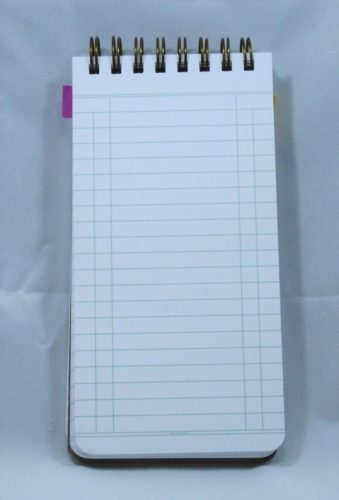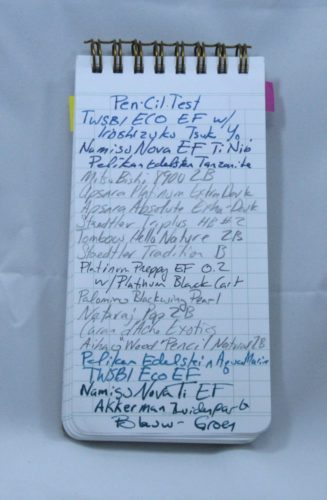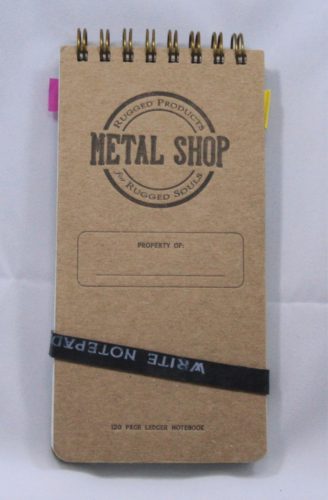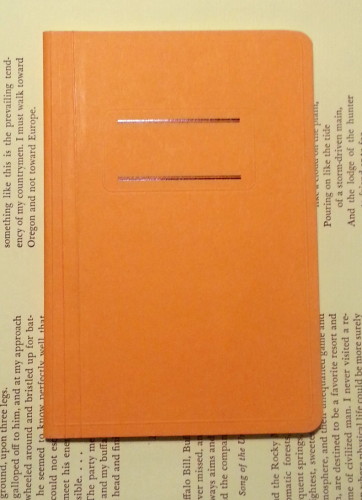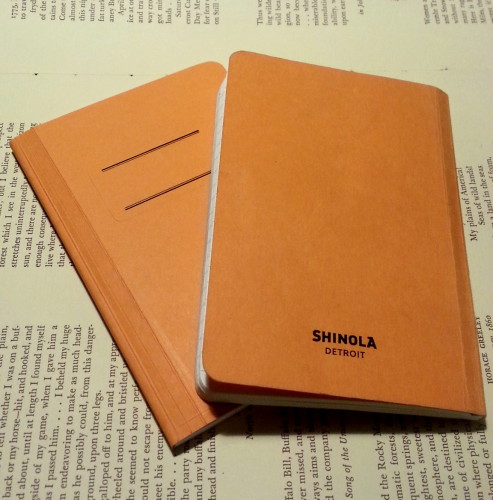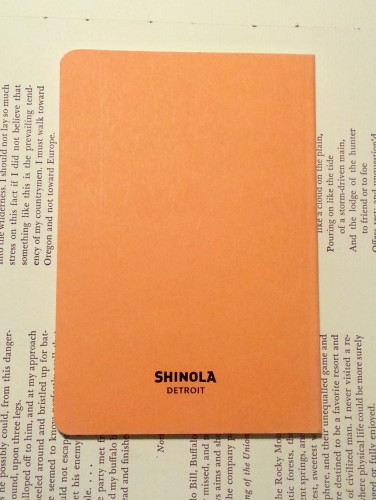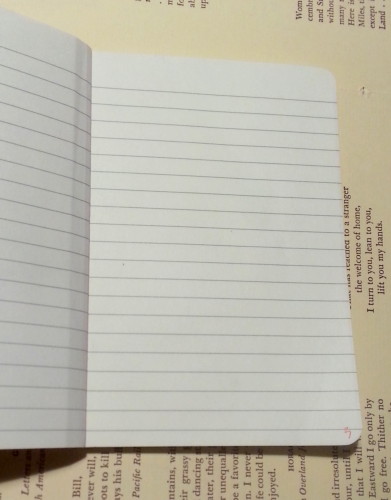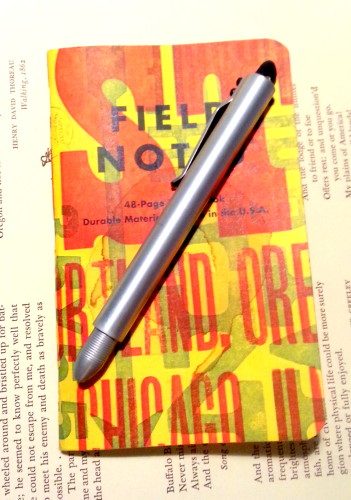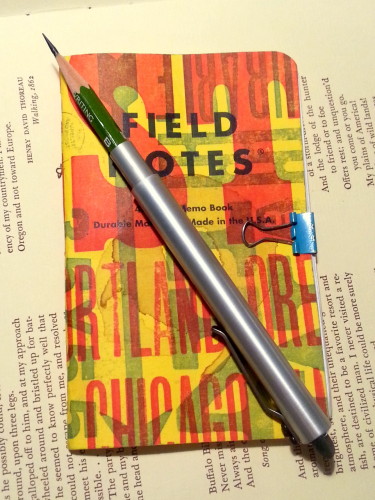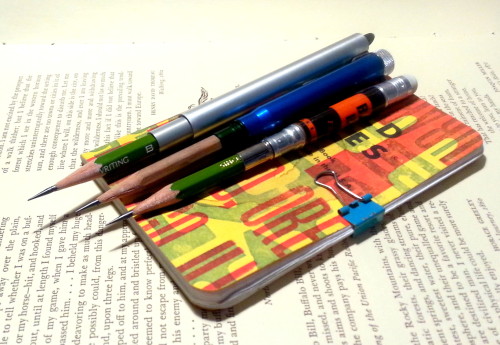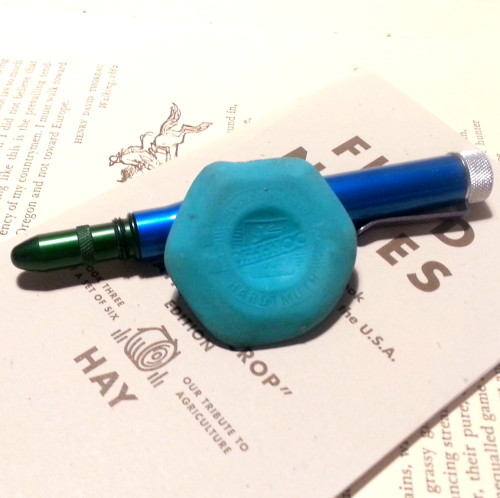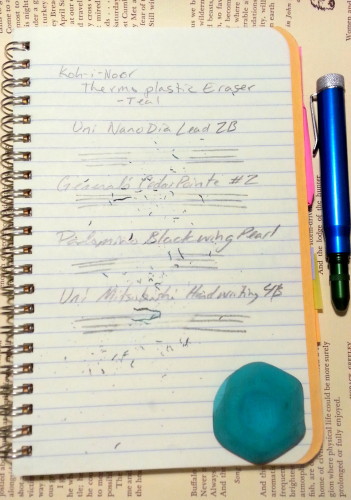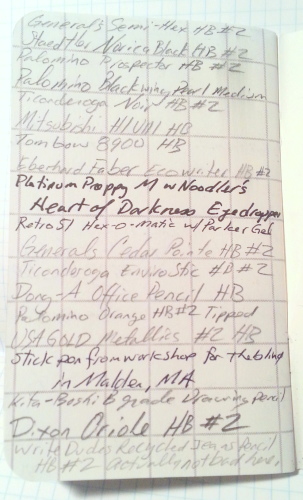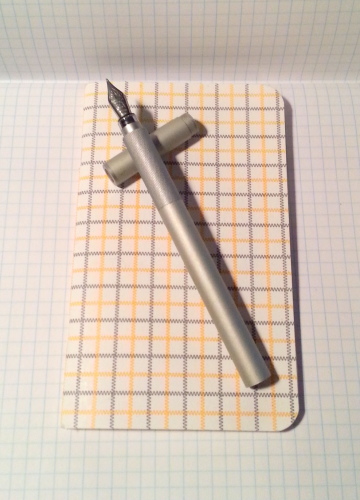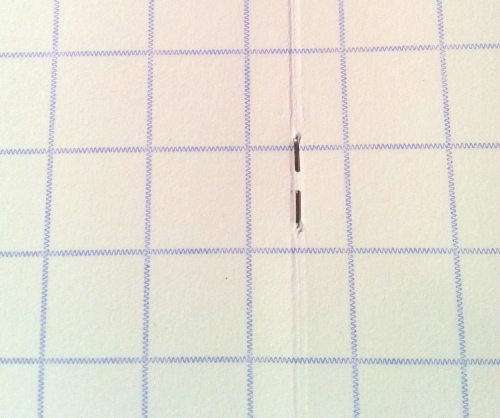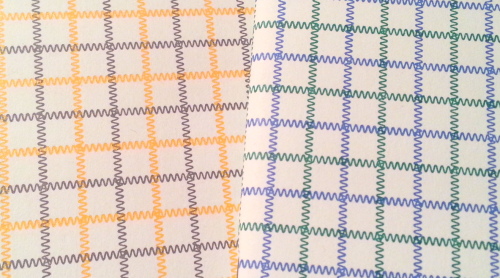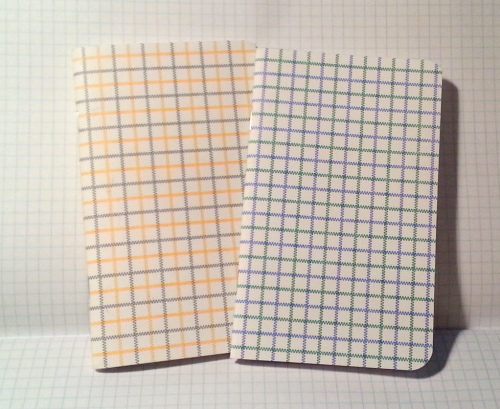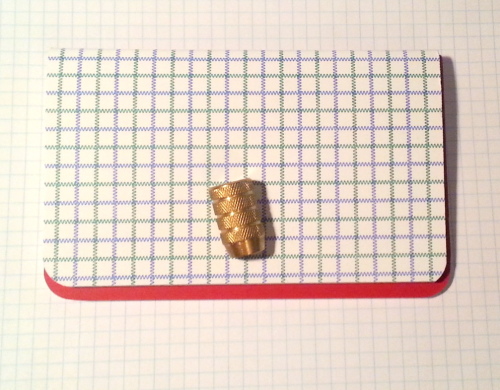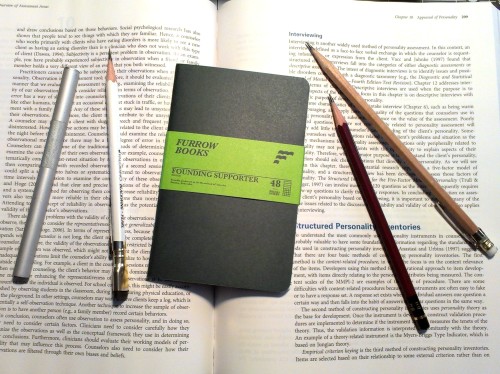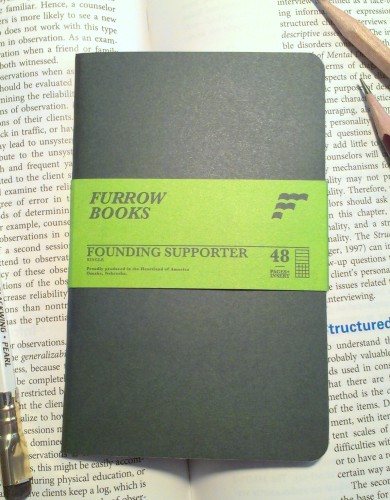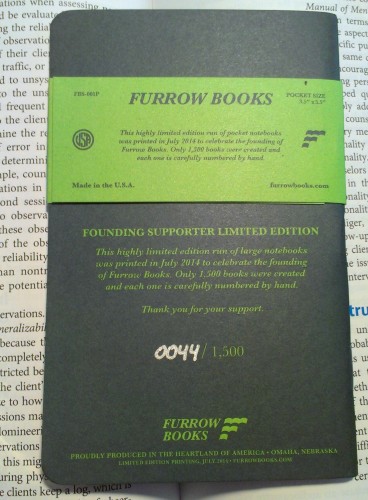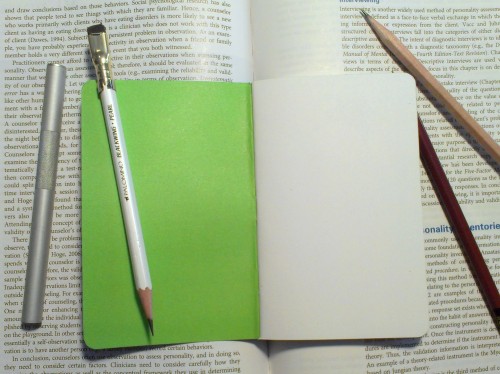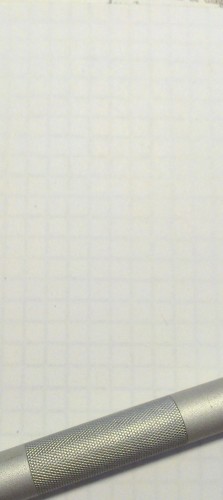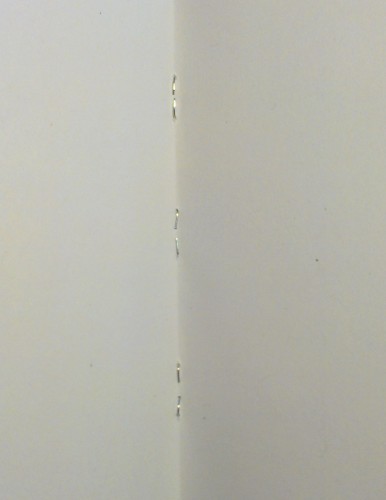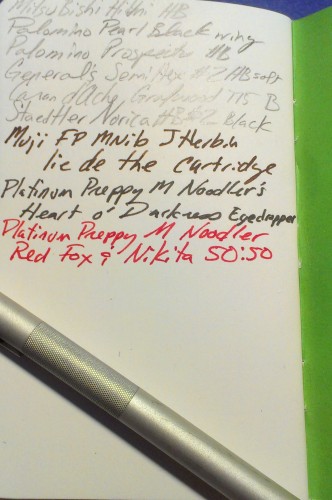I intended for this post to come out BEFORE I introduced No Brand Notebooks, but alas I left it in draft form and forgot about it. That said, I’m a huge fan of open sourcing information and I’ve offered up patterns for a bunch of my products to others for free in the past. I’ve done tutorials on many of the books I’ve sold in the past, and frankly, I think being open about the process of binding brings more people into the hobby than being closed about info. Sharing is caring and all that fun stuff. I’m a maker not a great salesperson.
Also, before anyone asks, no I will not make diagrams or take photos of the process. The images provided should give you a good idea of where staples should be placed. Experiment and you’ll figure it out.
Any of you who have read this blog for any period of time know that my obsession with stationery started young, but was really pushed to new heights as I attempted to find a sketchbook that worked for me. As a young artist I tried sketchbook after sketchbook, flirted with altered books, used loose paper bound by rivets or contained within handmade binders. In short I used every paper I could get my hands on, destroying bindings, scrapping books with bad paper, until finally I said, “Screw it!” and started to make my own sketchbooks. Simple single signature notebooks made of junk paper from work were bound one after another after another. I acquired book after book after book on binding books. I graduated from simple single signature books with limp covers to complex hardcover tomes sewn onto cords, and intricate coptic stitches. Leather was soon added to my arsenal, and I made thousands of books filled with paper for writing, art journaling, sketching and all kinds of art making. Those were the days.
The thing is, binding books is as much an obsession as any other hobby and I miss it dearly. I miss the gathering of sheets, folding of signatures, punching of stations, the smell of beeswax as I pass linen thread through the block of wax. The feel of the stiff waxed thread as it passes through paper and card. These days I don’t get to feed the sensory bit of binding, but I have started to make my own pocket notebooks and Traveler’s notebook refills. It’s dead simple, and you can do it too. Since I’m a fan of open source, feel free to share this info or just use it yourself.
Materials:
First, start off by loading 12 sheets of your favorite paper into your printer. Head to gridzzly.com and play around with the settings. I like lines and dot grids for my notebooks. I like dot grid at 5mm and lines at 7mm. Why? Dunno, those settings work for me. I also move the slider to about ¾ of the way to the right for darkness. The lines will not come out as a true black but more of shades of gray. Test out the site and see what you like. Start with mine and go from there. For my notebooks I work the printer setting to print without margins on any side. The printer can’t flood print, so I get a .25mm border with no printing no matter what I do. I deal with it. Print the lines/grids you like on both sides of the 12 sheet of paper.
Stack your 12 sheets of paper and add a piece of cardstock as a cover. Use paperclips or binder clips to hold everything in place. If you are making pocket notebooks set the guide on your long arm stapler to 4.25 inches or 11cm. Starting from the center of the paper, place a staple at 4.25 inches, another at 6, another at 8, another at 9.75, now return to the other side and place a staple at 2.5, and one at .5 inches. You will have a total of 6 staples.
Cut the stack in half at the 5.5 inch mark, now fold the half along the staples, letting them guide your fold. Use a bone folder or butter knife to tighten this fold. Using a straight edge, trim the fore edge of the book at 3.5 inches. I have successfully used a rotary cutter as well as a craft knife so long as I’m slow and careful. Round corners if you so desire. Placing the books under weight for a night or two will help keep the spines creased. Several large textbooks serve the purpose well, while a board with a brick or two will also work.
If you are making a Traveler’s notebook, you will place 3 staples, one in the center of the book and one at each end, .5 inch away from the edge. Fold the notebook along the staples, letting them guide your fold. Use a bone folder or butter knife to tighten this fold. Trim the fore edge at 4.5 inches. Round corners if you’d like, then place under weight for a night. I do not trim the excess off the height of my TN, the proper height is 8.25 inches.
It is ridiculously easy to make your own notebooks with a minimum of investment. A long reach stapler is now only $11 on Amazon, while years ago they cost well over $30. If you keep an eye on thrift stores you can find them for less. Often offices toss them out when the person who did the office booklets quits or retires. I kick myself for turning down an old school cast off of a booklet stapler. Oh how I regret that choice. The investment for making notebooks is minor, but the reward is well worth the effort.
If you make some notebooks I’d love to see them. Hit me up on instagram with pics.
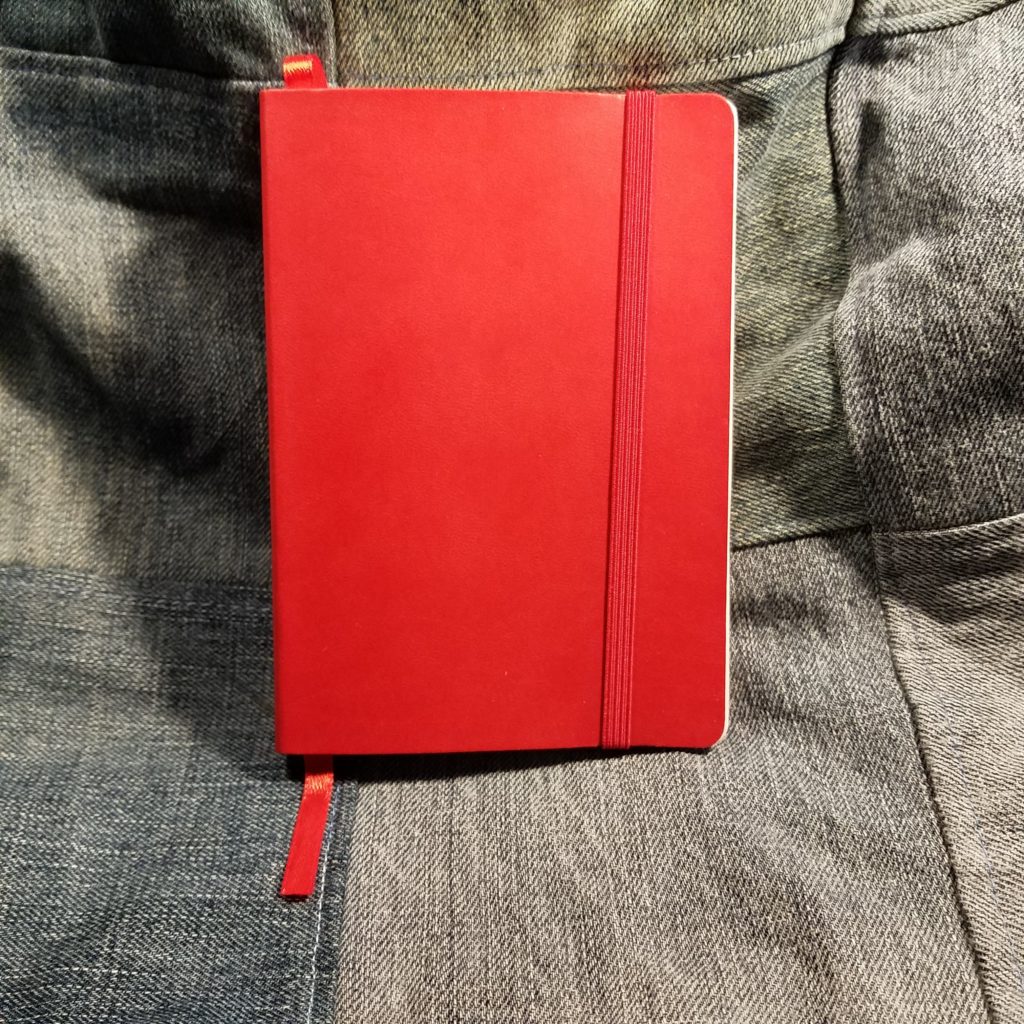

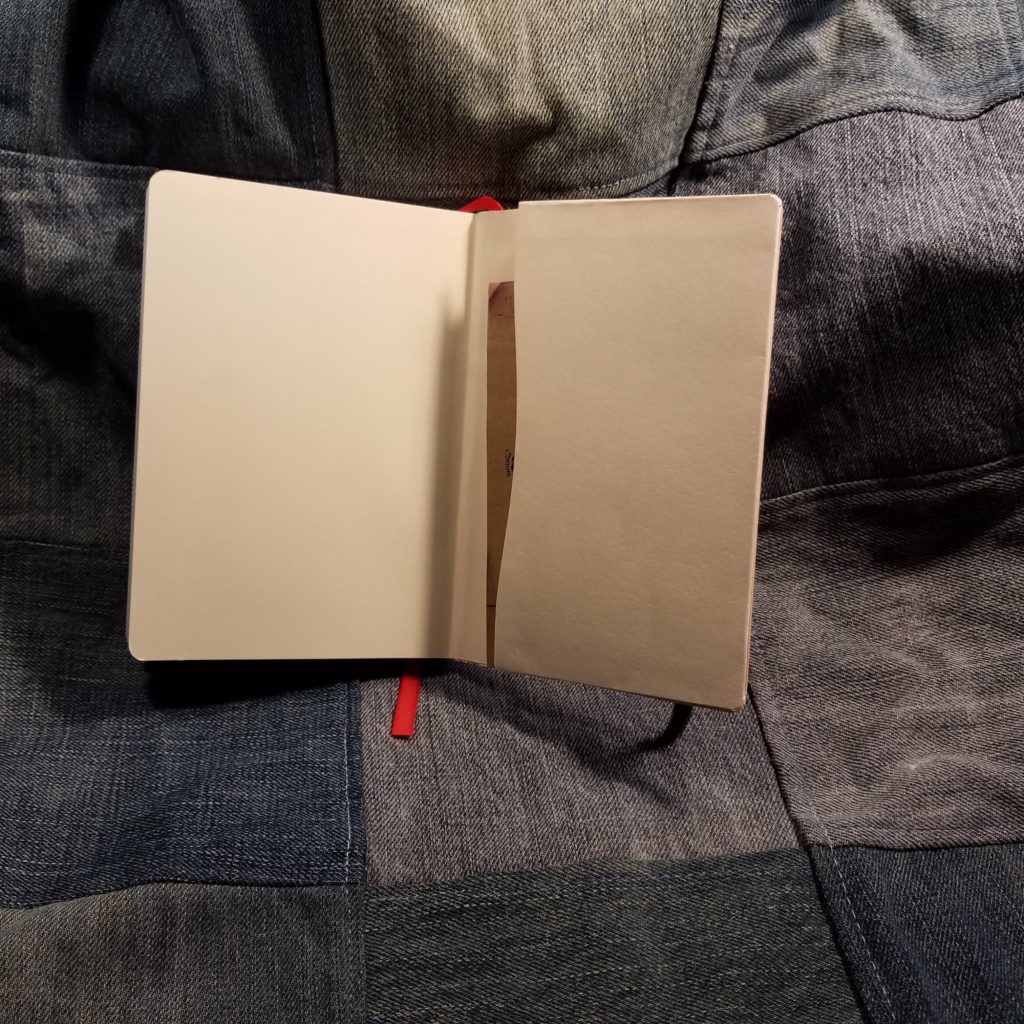
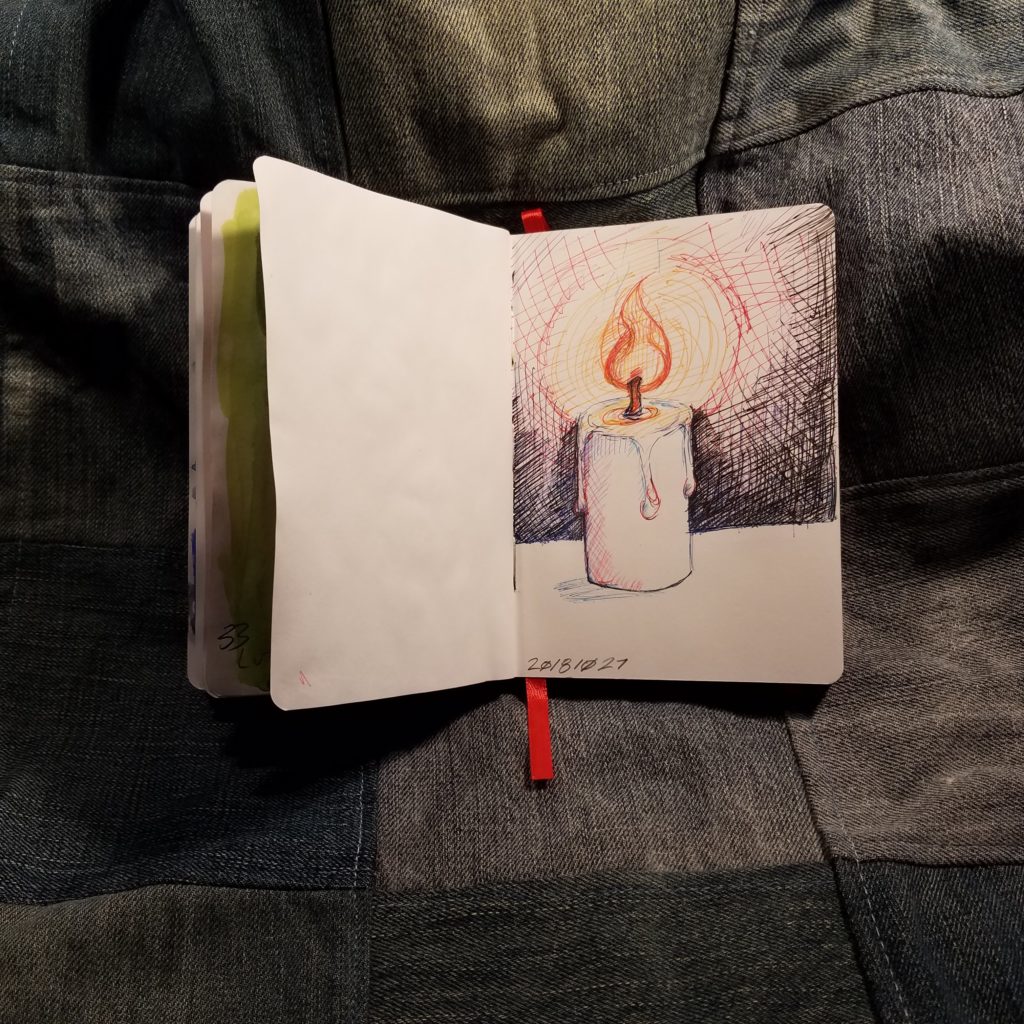


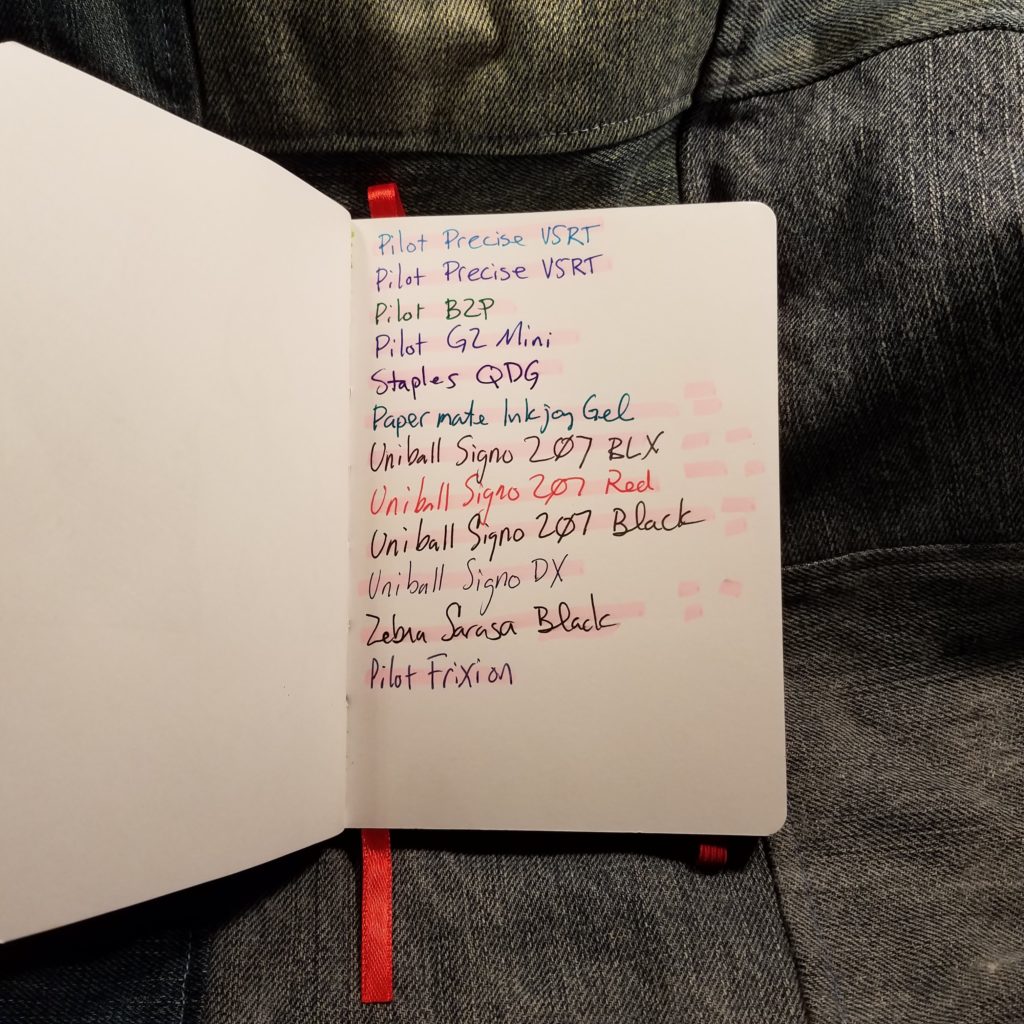

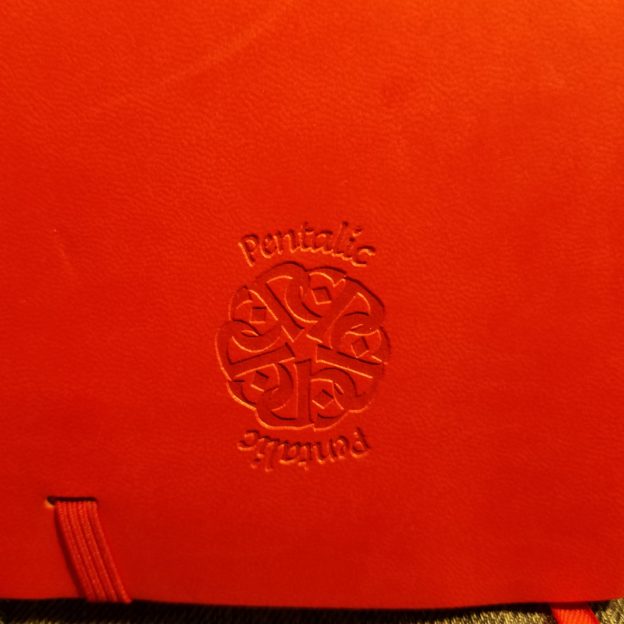


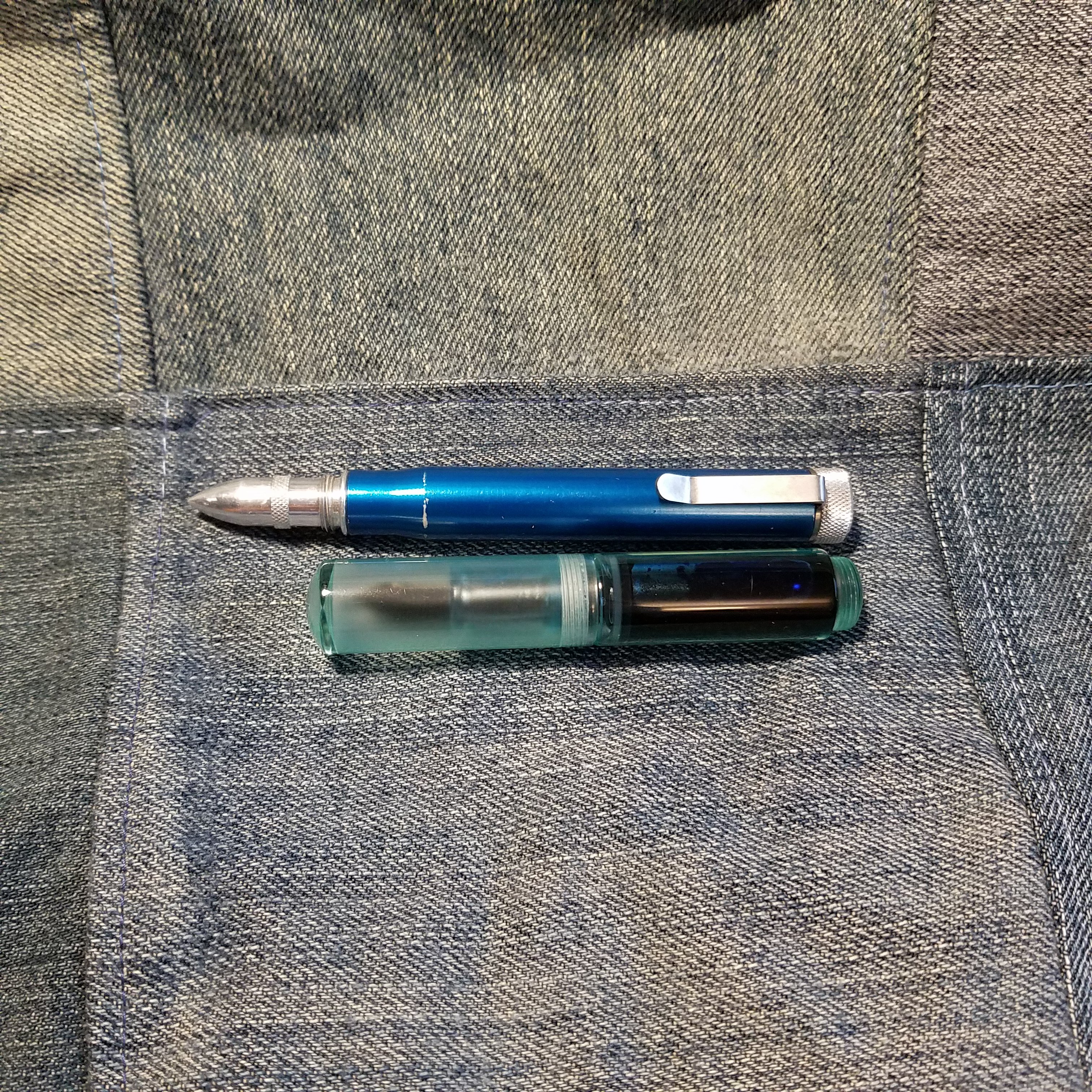
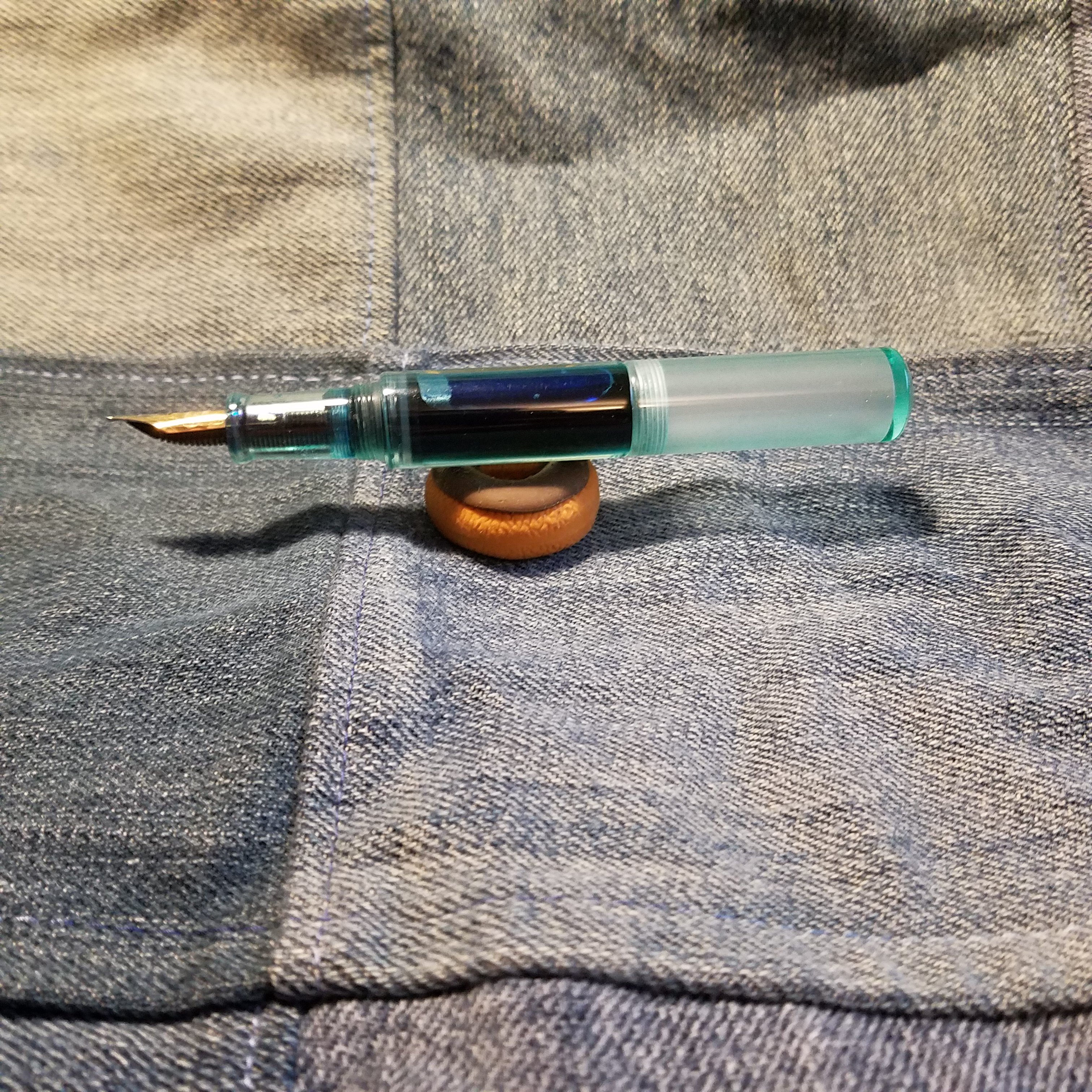
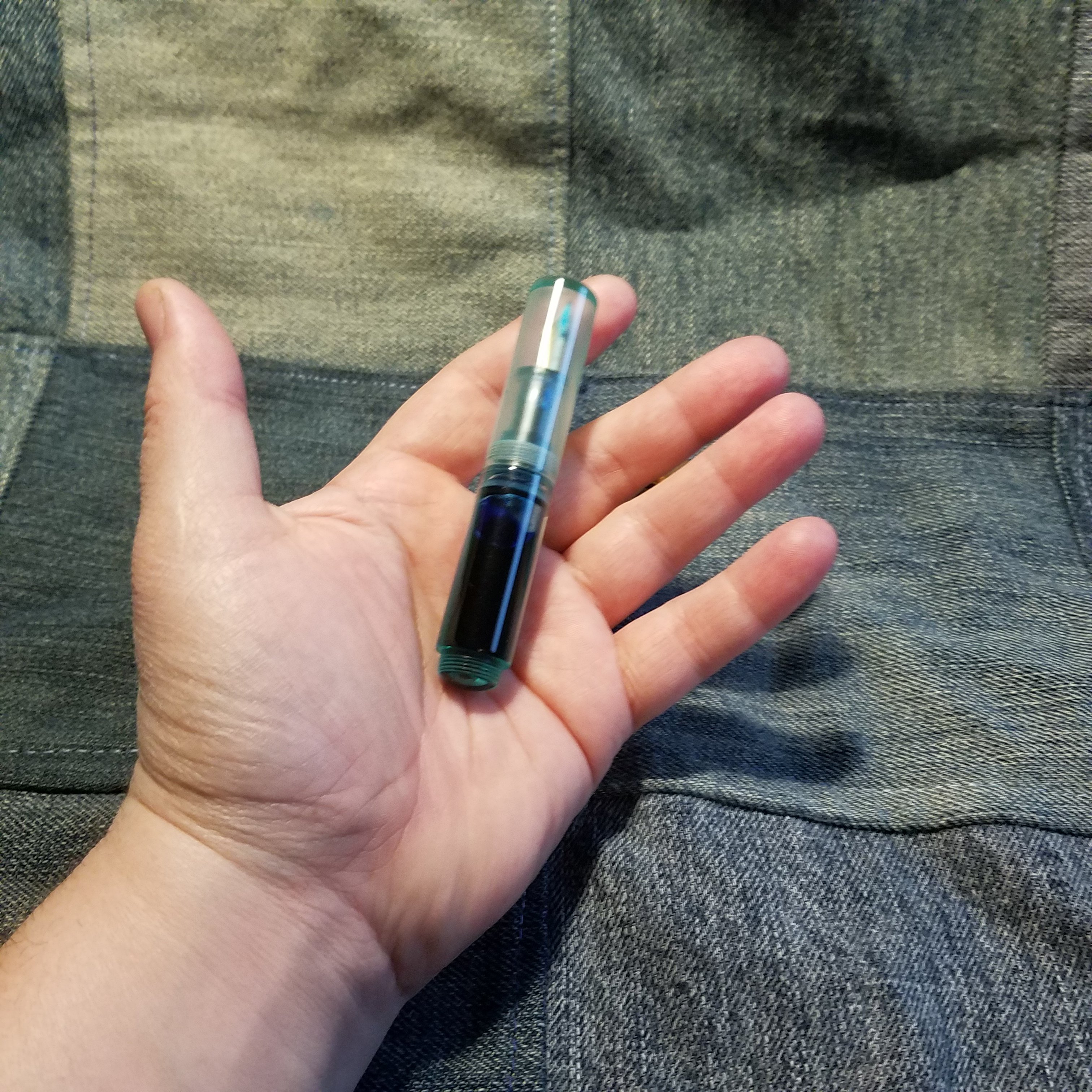

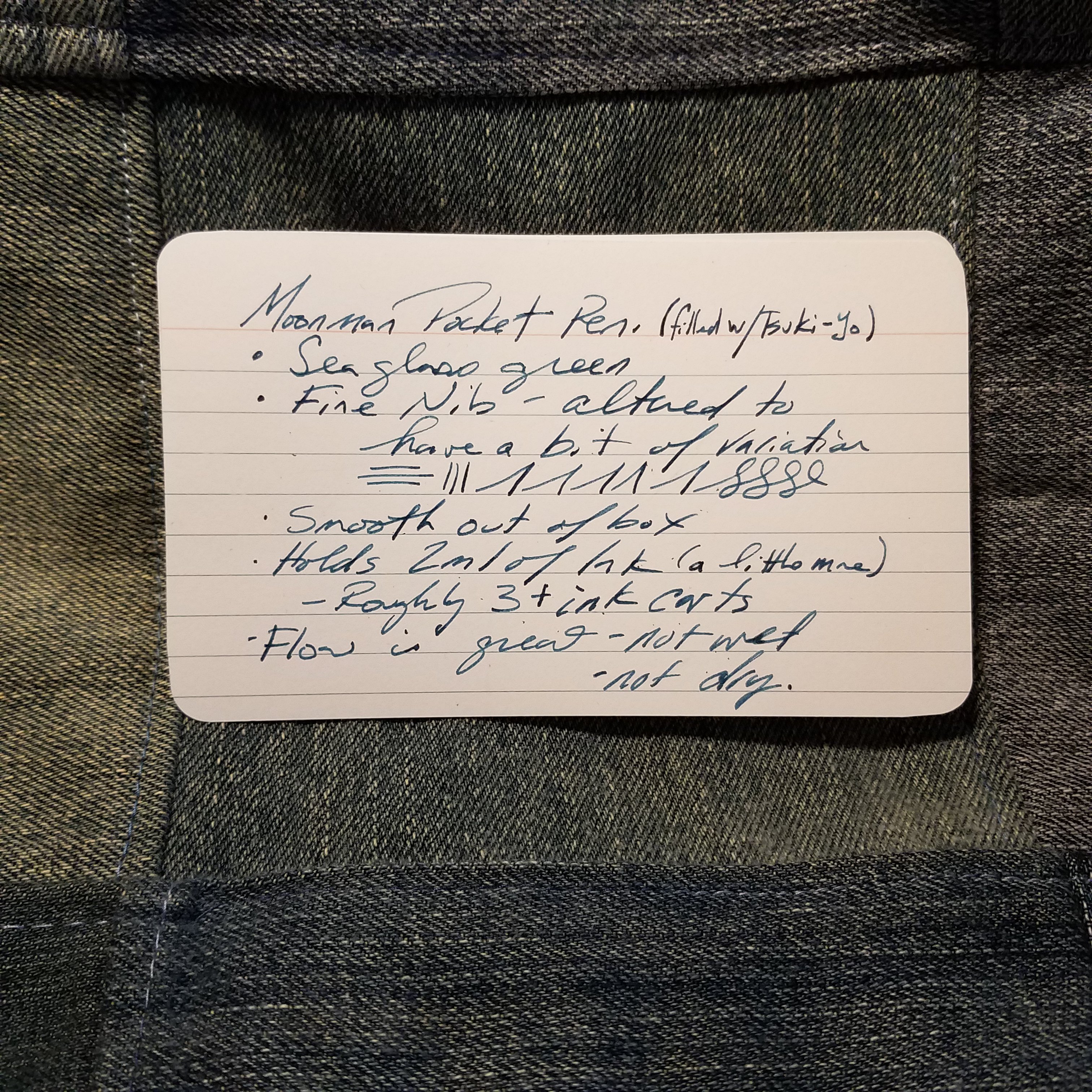
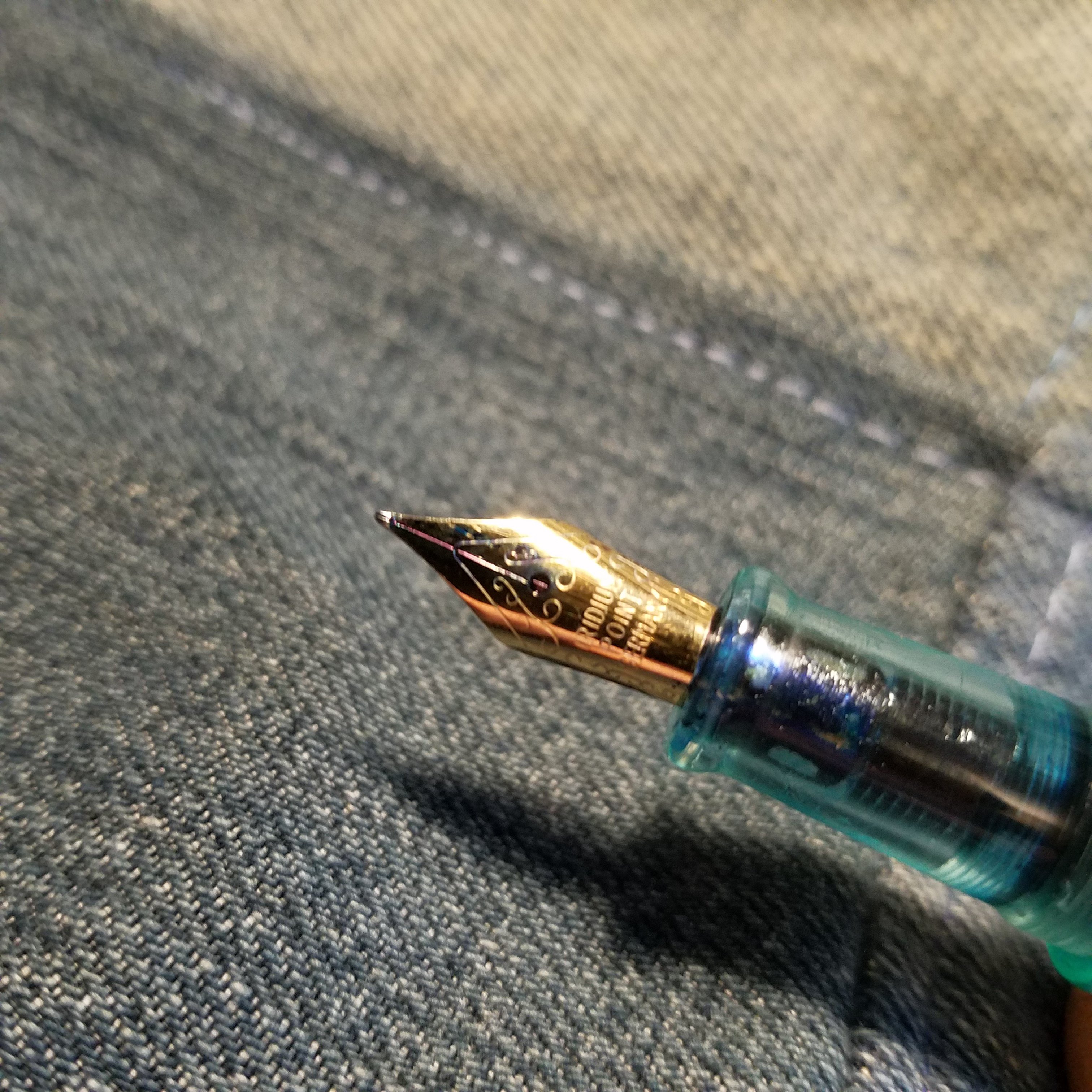


 Well, age and labor caught up with me and I have carpal tunnel as arthritis runs in the family. There are times when I can’t pull a needle though a signature of paper. The act of making stations in my signatures can be excruciating. The last time I made a serious number of books, well my wrist was in pain for days and I realized that I cannot make books in the same manner that I once did, so I put away my awl, sign vinyl, and stopped hoarding reams of paper.
Well, age and labor caught up with me and I have carpal tunnel as arthritis runs in the family. There are times when I can’t pull a needle though a signature of paper. The act of making stations in my signatures can be excruciating. The last time I made a serious number of books, well my wrist was in pain for days and I realized that I cannot make books in the same manner that I once did, so I put away my awl, sign vinyl, and stopped hoarding reams of paper. 


